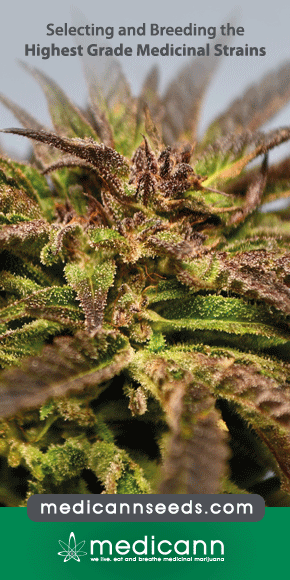Indications and administration practices amongst medical cannabis healthcare providers: a cross-sectional survey
The medical use of cannabis has been legislatively restricted for decades in the US and abroad. In recent years, changing local and national policies have given rise to a community of healthcare providers who may be recommending the medical use of cannabis without the benefit of formal clinical practice guidelines or sufficient training and education. Reducing barriers to clinical research on cannabis products is needed, not only to better understand their risks and benefits, but also to augment the evidence-base for informing clinical practice.






